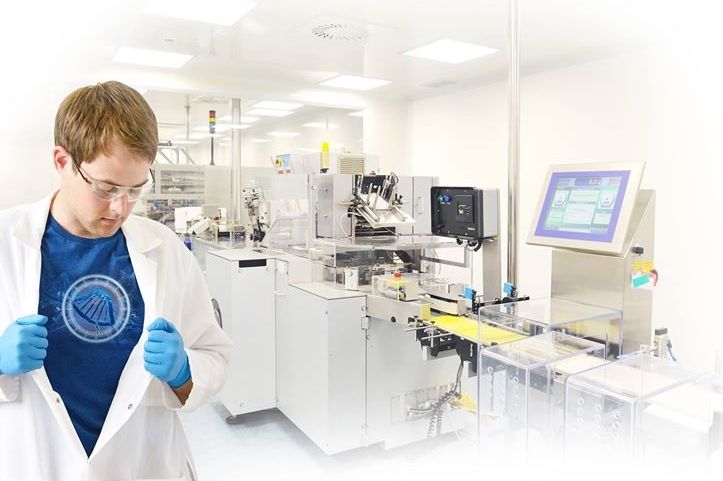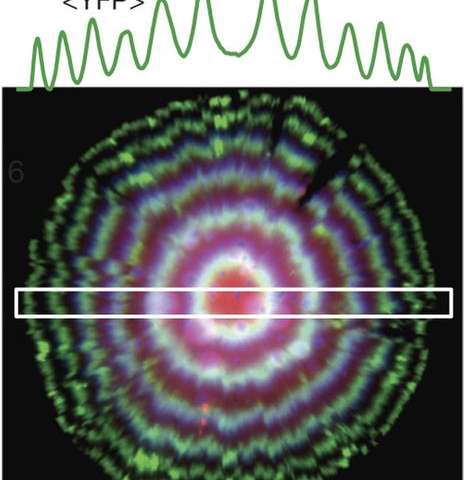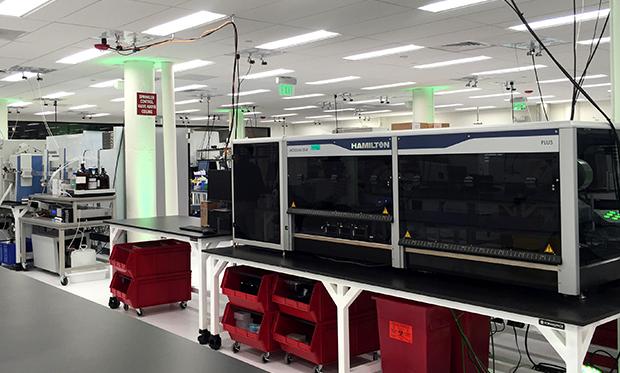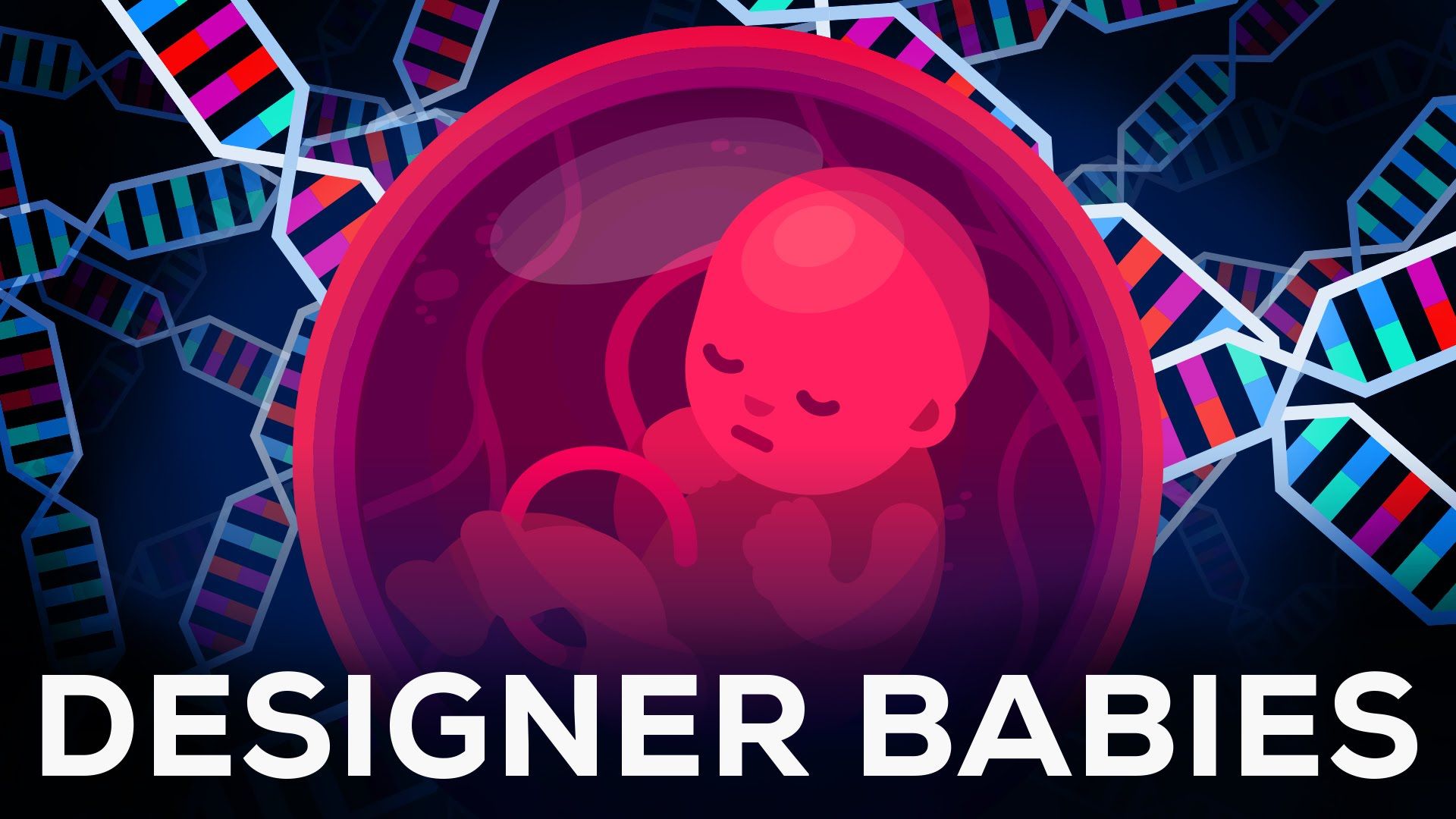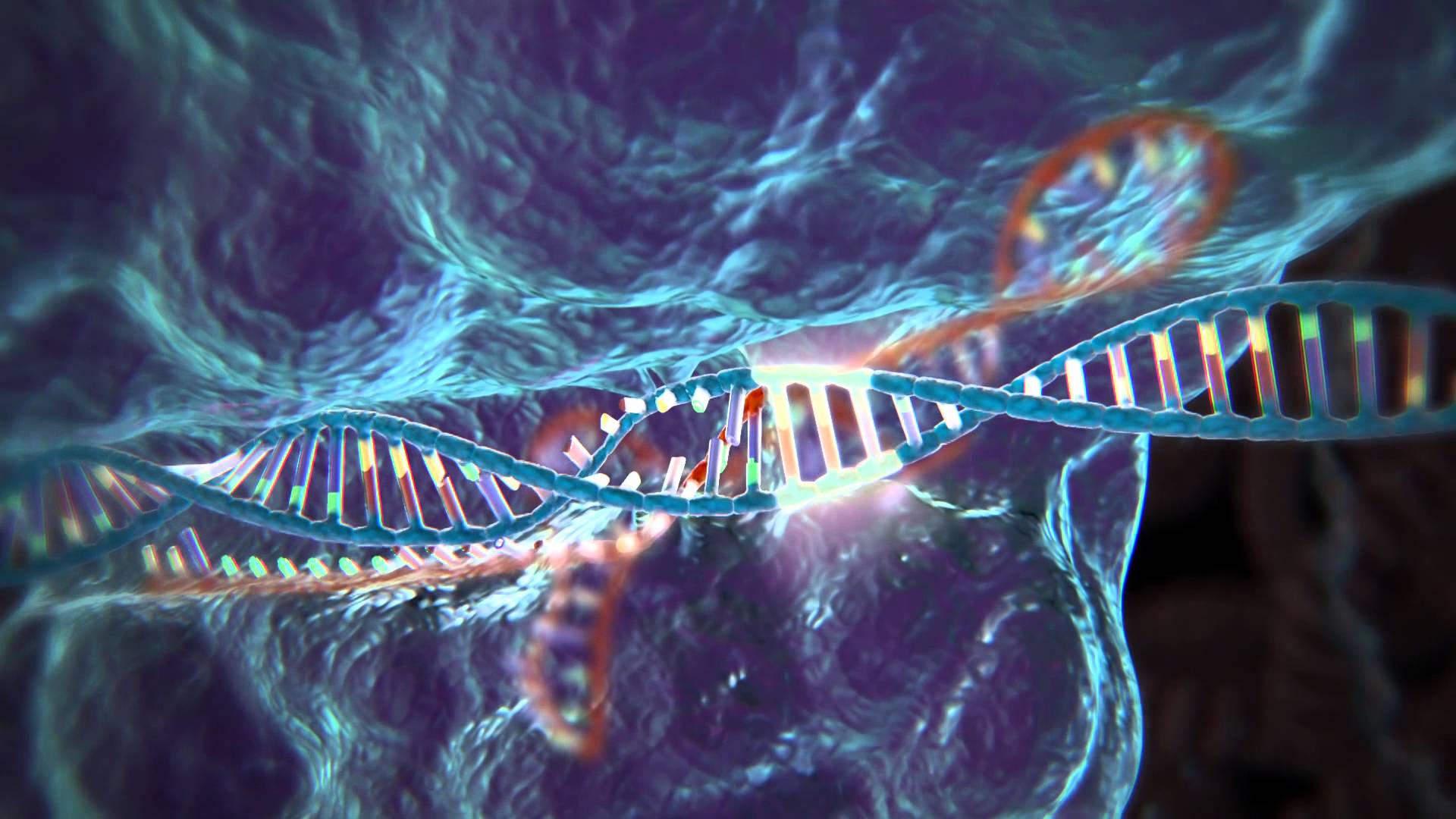Oct 16, 2016
CRISPR-Cas9: Reagent selection to experimental optimization
Posted by Dan Kummer in categories: bioengineering, biotech/medical
A webinar presented by: James Goldmeyer, PhD
The use of CRISPR-Cas9 for gene editing has opened up many new avenues for scientific exploration around gene function. The rapid expansion of the field has led to a wide range of technology formats for use in both gene knockout and precision knockin genome engineering experiments. The seemingly ever-increasing toolset has also led to a widening knowledge gap for newcomers to the field to overcome in determining the proper reagents for performing experiments.
During this webinar we will discuss the basics of CRISPR-Cas9 gene editing and the key criteria and decision points in selecting reagents based on your desired application. We will review all types of guide RN…A and Cas9 nuclease formats and discuss the advantages and disadvantages of each.
